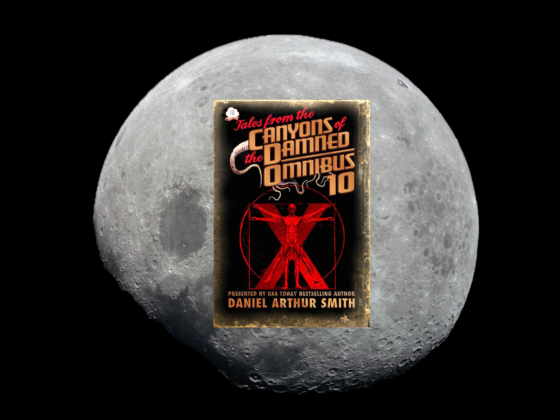On February 22, the Odysseus lander made a soft touchdown on the moon, marking the first time a private company reached Earth’s satellite. It was also the first time since the Apollo missions that an American vehicle landed on the moon.
A short story I wrote was on that lander, and it is now permanently archived on the moon.
The Lunar Codex is a project founded by physicist Dr. Samuel Peralta, whose aim is to archive a curated selection of art, literature, film, and music from around the world on the moon. It includes the work of 35,000 creators from 233 countries, territories, and Indigenous nations.
